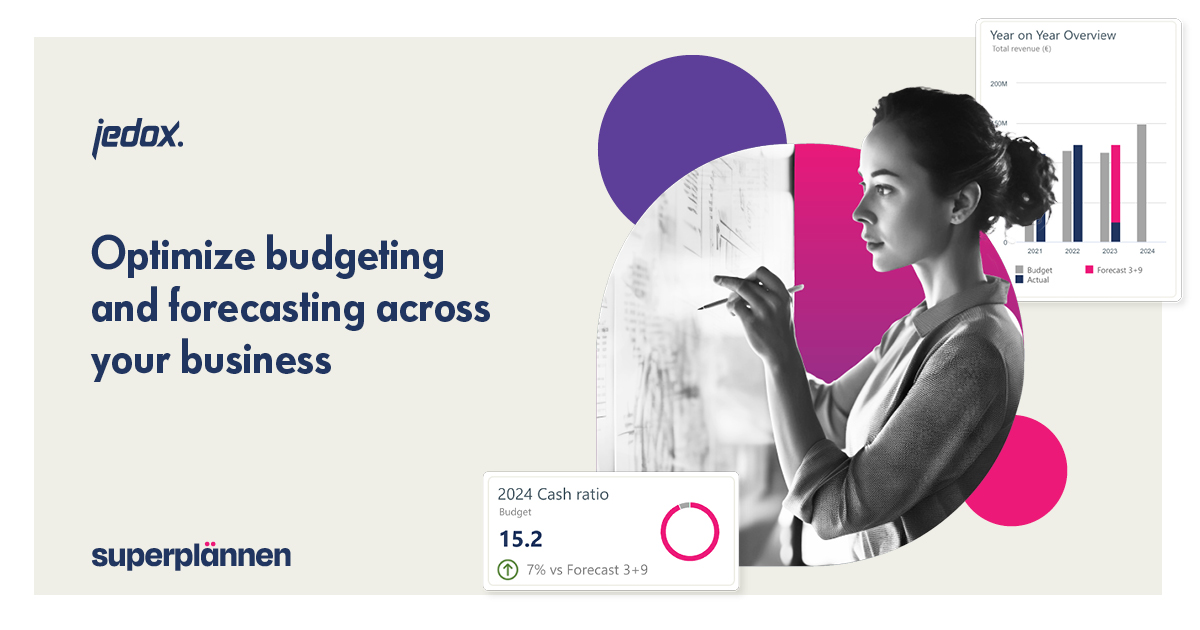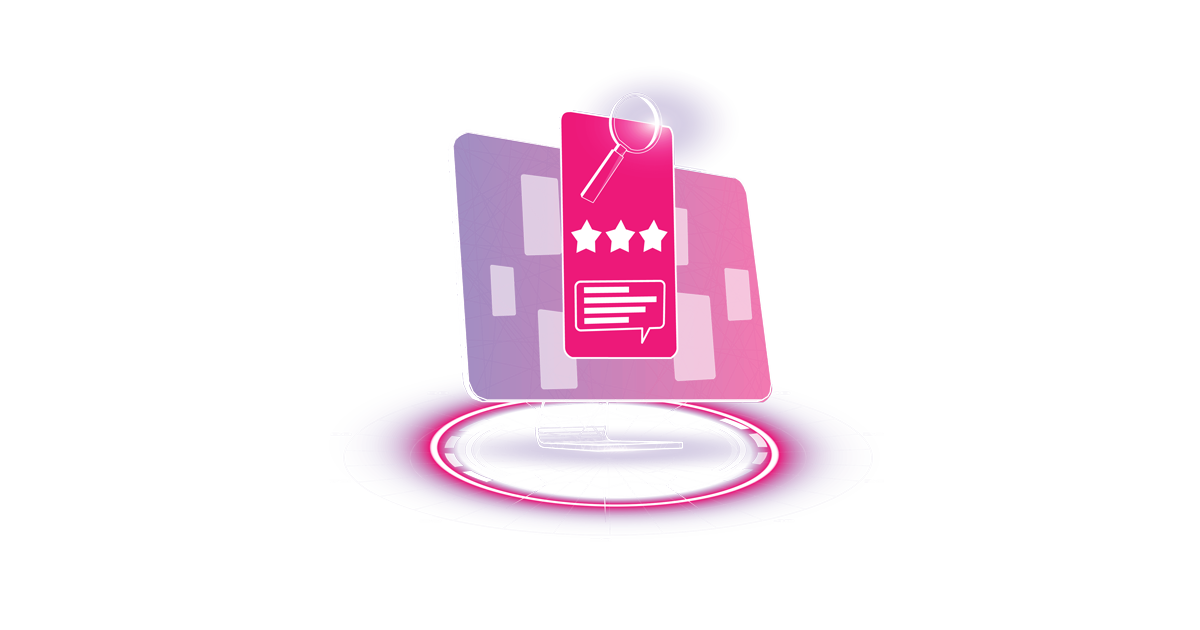
Why traditional budgeting methods are failing modern CFOs
Change is nearly constant in today’s financial landscape, and traditional budgeting methods often fail to meet the evolving needs of modern organizations. This article will explore the limitations of conventional budgeting practices and examine how modern financial planning and analysis (FP&A) tools are transforming the budgeting process.
Read on to discover how CFOs can harness new strategies to stay agile, make informed choices, and lead their organizations through uncertain times.
The evolution of budgeting and financial planning
For years, traditional budgeting has been the go-to approach for FP&A teams.
Traditional budgeting is a systematic process that sets financial objectives based on historical data and projected trends. Its main purposes include:
- Monitoring performance: By comparing your current performance to past years and factoring in market changes and other influences, you can easily monitor your progress from year to year.
- Financial planning: Coordinating resources by forecasting midterm financial results and preparing accordingly. Setting those financial goals is a means to inspire and reward performance and motivate managers to act in the company’s best interest.
- Cost control: Exerting control by setting cost boundaries and centrally controlling cost allocation.
- Decision-making support: Helping managers make informed decisions about resources and planned work.
Companies often turn to traditional budgeting because it relies on historical data, which provides a structured framework for financial planning. This method simplifies the budgeting process by allowing businesses to build on past performance.
However, in today’s unpredictable and volatile landscape, agility is the name of the game. As businesses strive to adapt quickly, the cracks in traditional budgeting methods are starting to show.
Four major pitfalls of traditional budgeting practices
As businesses face rapid changes and unexpected challenges, planning strict, all-encompassing budgets a year in advance is becoming less effective. Here are four compelling reasons why conventional budgeting methods are missing the mark:
1. Time-consuming processes
Critics argue that conventional budgeting takes up too much time and resources while offering minimal benefit. The lengthy cycles involved in compiling budgets can divert focus from strategic initiatives and delay critical decision-making. This is partially due to the use of spreadsheets, which can be inefficient and prone to human error.
2. Rigidity and lack of flexibility
Traditional budgets tend to be inflexible, making it difficult for organizations to adjust quickly to changing market conditions. This lack of flexibility prevents businesses from taking advantage of new opportunities or effectively addressing challenges.
Additionally, spreadsheets don’t offer the dynamic insights needed. This means that traditional budgeting tools not only lack precision but also fail to provide a comprehensive view of business needs.
3. Data limitations
Conventional budgeting relies on fixed data from the past, which can lead to insights that quickly lose their relevance. This reliance on outdated information disconnects the budgeting process from real-time updates, making it hard for organizations to make timely and informed decisions.
Traditional budgets often become obsolete soon after they’re created, leading departments to pursue financial goals that are no longer relevant.
4. Lack of strategic alignment
Finally, traditional budgeting often leads to a disconnect between companies’ strategic goals and financial planning. As managers focus on meeting budget targets, they may overlook the strategic importance of budgeting, prioritizing cost reduction over value creation.
This narrow focus on cost reduction can hinder a company’s ability to innovate and adapt to market fluctuations—causing missed opportunities for investing in new technologies, developing products, or entering new markets. Ultimately, this can limit a company’s long-term growth potential.
Modern challenges faced by CFOs
Here are some of the key challenges CFOs must navigate to ensure their organizations stay competitive and agile:
Increased volatility in the market
With inflation and economic volatility posing risks to corporate growth, a recent survey found that 57% of CFOs experience considerable fluctuations in their own performance, with little hope for stabilization in the near future.
In response, the results suggest that financial leaders are stepping up, zeroing in on business value drivers, and closely tracking key performance indicators (KPIs).
Advanced analytics play a vital role in navigating volatility, supporting scenario planning and risk evaluation. By empowering their teams with flexible financial tools, CFOs can make smart, data-driven decisions that help their organizations’ tackle budgeting challenges and navigate uncertain times.
Demand for real-time decision-making
Traditional budgeting does not take future changes or real-time fluctuations into account. In a business environment where conditions can shift in a matter of hours or days, access to real-time data is a game changer. Thus, many CFOs are seeking opportunities to increase agility and responsiveness.
Integration with other business functions
While most organizations traditionally delegate the budgeting task primarily to the finance department, the complexities of today’s markets call for a more collaborative process. Budgeting is a rare opportunity for various teams to come together and ensure they align with the company’s strategy and position. When budgeting is centralized solely within the Finance team, it tends to provide a less accurate view of the overall business.
Budgeting methods for modern CFOs
How CFOs navigate their evolving roles will significantly depend on their ability to drive innovation within their organizations.
Research from Deloitte shows that three out of four CFOs agree that agile financial planning is crucial for business success. Recognizing the need for organizational agility, CFOs are embracing modern budgeting techniques such as zero-based budgeting and rolling forecasts that allow for swift adjustments as fresh information becomes available.
Overview of key modern budgeting methods
Zero-Based Budgeting: Justifies all expenses each period, ensuring alignment with current goals and eliminating unnecessary costs.
Rolling Forecasts: Regularly updates forecasts based on actual performance, allowing quick adaptation to changing conditions.
Activity-Based Budgeting: Allocates resources based on costs associated with specific activities, enhancing efficiency and strategic alignment.
Scenario Planning: Develops various projections from an existing budget, improving flexibility and insight for future decisions.
The role of FP&A software in overcoming budgeting challenges
FP&A software has become crucial for organizations to overcome budgeting challenges. These innovative platforms not only enhance collaboration among teams but also streamline workflows and improve accuracy in financial planning.
FP&A tools are equipped with key features that effectively tackle the limitations of traditional budgeting, including:
- Automation: The use of budgeting and forecasting software simplifies financial planning by minimizing manual effort and boosting accuracy.
- Real-time data integration: Ensures smooth connections with existing enterprise resource planning (ERP) systems and various data sources for comprehensive insights.
- Single source of truth: A SSOT centralizes all organizational data, making it easily accessible in one place.
- Powerful analytics: FP&A software offers robust tools for predictive analytics, scenario modeling, and data visualization.
- Instant reporting and dashboards: Delivers real-time insights through raw data, enabling quick and informed decision-making.
Accent Group cuts budgeting time by 98%
Centralizing its data has empowered Accent Group, a retail and wholesale company focused on footwear and clothing in Australia and New Zealand, to better handle budgeting challenges.
Prior to using Jedox, accessing wholesale data was a struggle, as it required separate extractions and storage in different Excel files. This made it hard to create a complete annual overview. With Jedox, Accent Group has streamlined its budgeting process, achieving an impressive 98% faster turnaround.
Key takeaways:
- Traditional budgeting methods that rely on rigid historical data and inflexible annual cycles fail to keep pace with today’s volatile environment.
- Finance professionals must embrace agile, data-driven methods to enhance flexibility and smarter decision-making.
- FP&A software streamlines workflows, provides real-time insights, and enables greater agility through powerful analytics and automation.
- Companies that centralize their data with FP&A tools see major benefits like accelerated budgeting processes and improved accuracy.
One of the key things CFOs must understand is that their role has evolved into that of a strategic business partner. While traditional finance will always be important, modern budgeting methods are essential for leveraging data to enhance operational value. Whether it’s about diversification or deepening operational insights, the CFO’s focus must always be on strategizing for long-term growth.
For those looking to elevate their budgeting practices, exploring solutions like Jedox FP&A software can make a significant impact. With its powerful tools for real-time insights and streamlined processes, Jedox helps CFOs overcome budgeting challenges and drive sustainable success in a volatile landscape.




